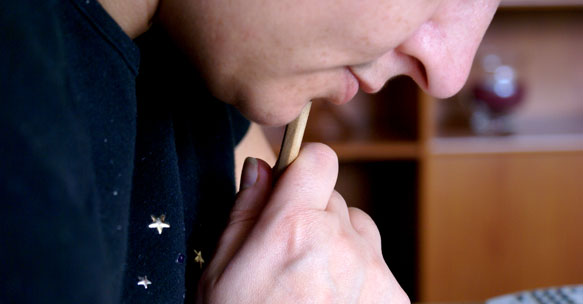
Sniffing technology developed
A device that offers paralysed individuals, including those in the most severe ‘locked-in’ state, better control and communication has been developed and improved following funding by the European Research Council (ERC).
The ODORSPACE (‘Predicting odour perception from odorant structure and neural activity in the olfactory system’) project has developed technology that works by measuring pressure changes in the nose, or sniffing, and converting them into electrical signals.
Most people retain the ability to sniff, even after suffering severe brain damage such as that resulting from a stroke. The so-called ‘SNIFFCONTROL’, which builds on the scientists’ previous research, focuses on developing a sniff-controlled device that is both cost effective and user friendly.
Speaking about the research, Noam Sobel, professor of neurobiology at the Weizmann Institute of Science in Israel, said: “Whereas our original version of the device was based on a tube nestled at the nostril opening and connected to a transducer, the current version communicates by Bluetooth rather than a tube, thus our current version is more aesthetic.”
The project team devised a means of enabling patients to dictate text onto a computer screen using coded patterns of sniffing. This system was then linked up to an electric wheelchair, giving individuals complete control. For example, two inhaling sniffs move it forward, while two exhaling ones move it into reverse. The resulting technology enables users to move, to write and to surf the internet and drive an electric wheelchair.
Sobel received an ERC Starting Grant of €1.5m for the project before receiving a Proof of Concept grant of €150,000.
The researchers hope they will be able to commercialise the technology in the future.




